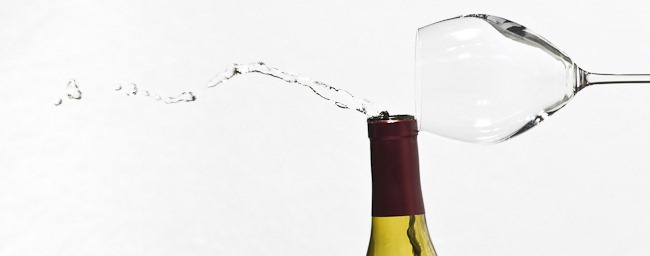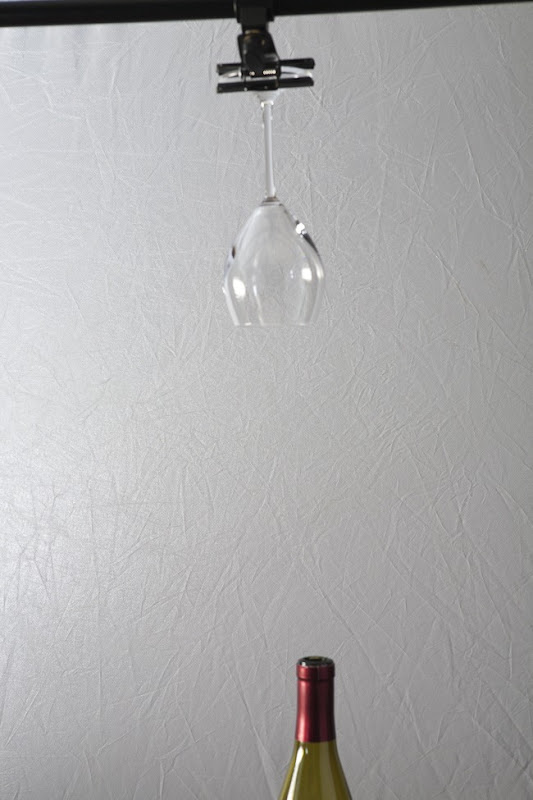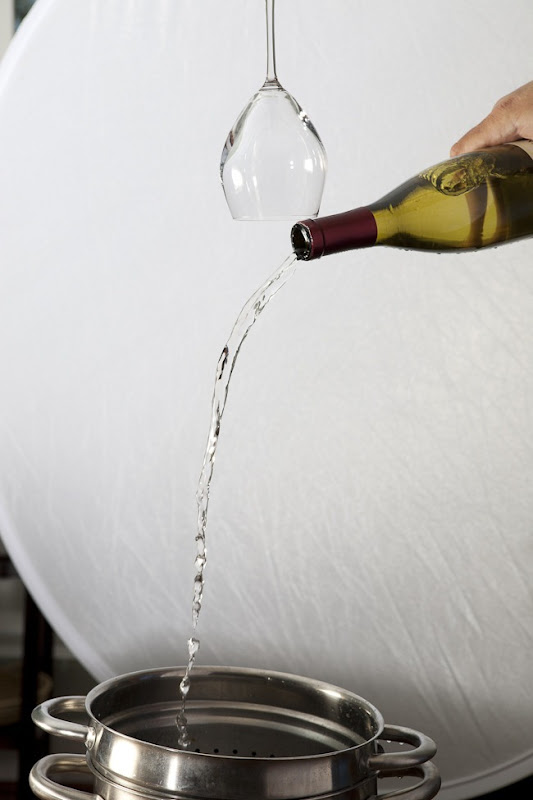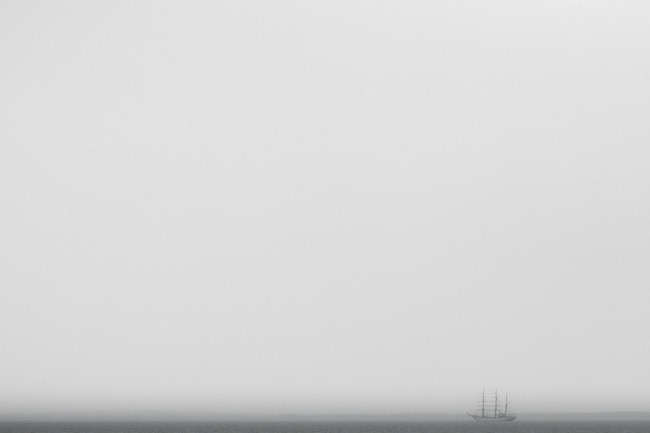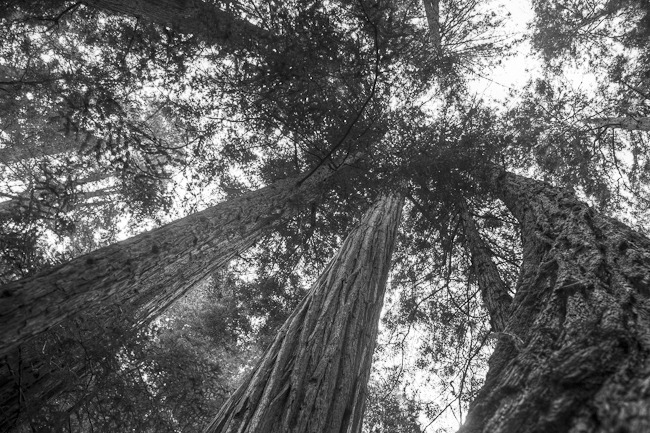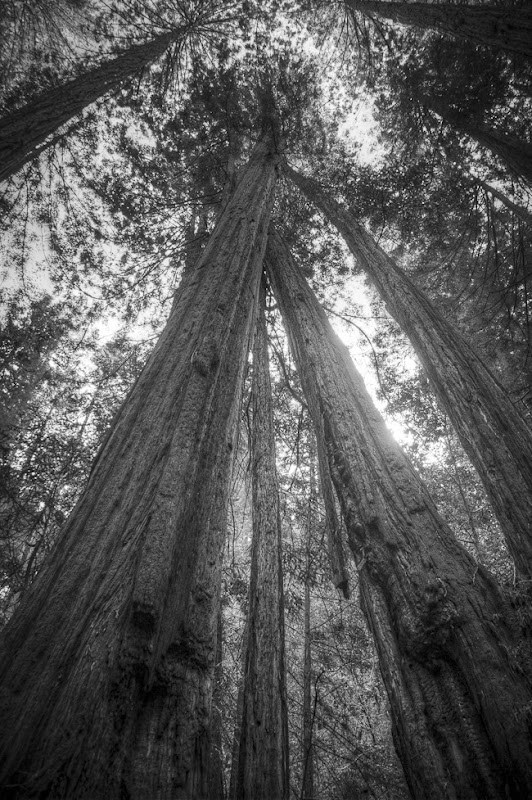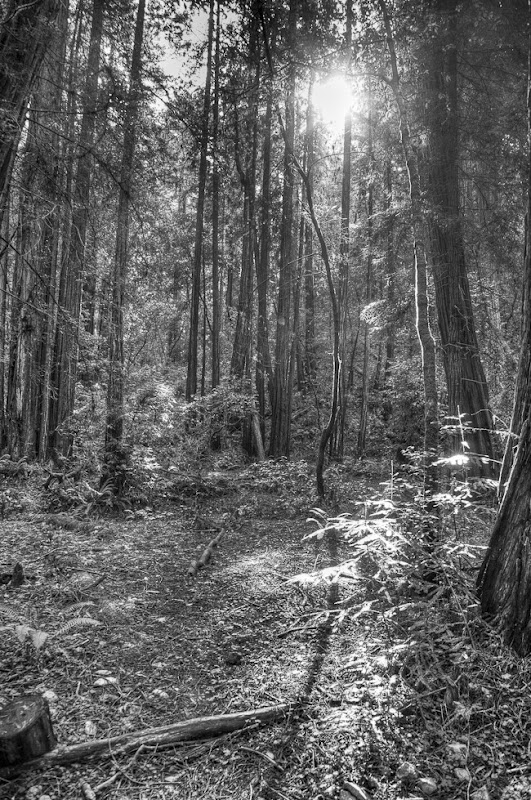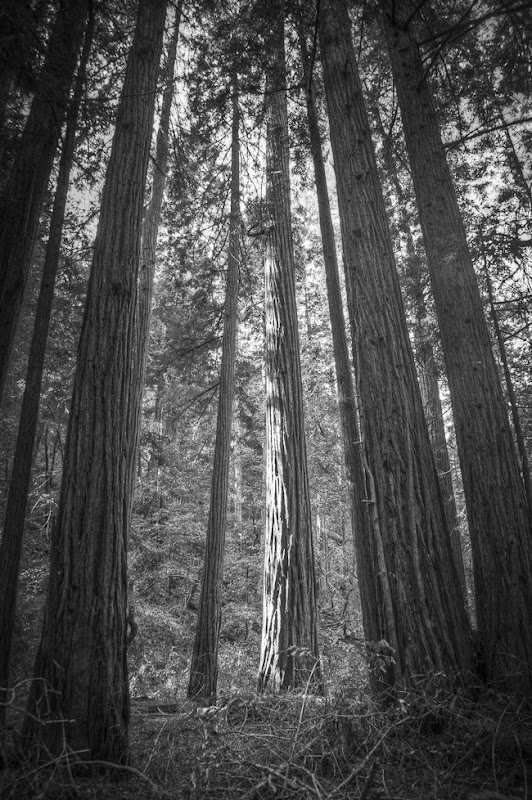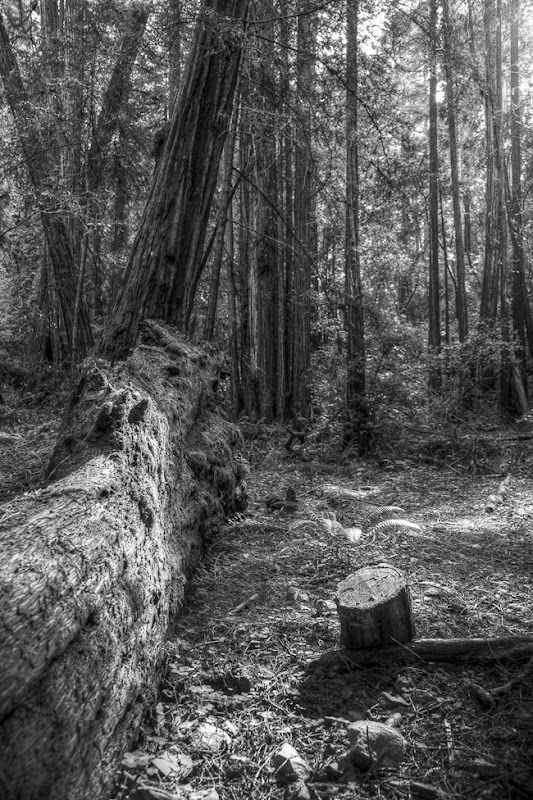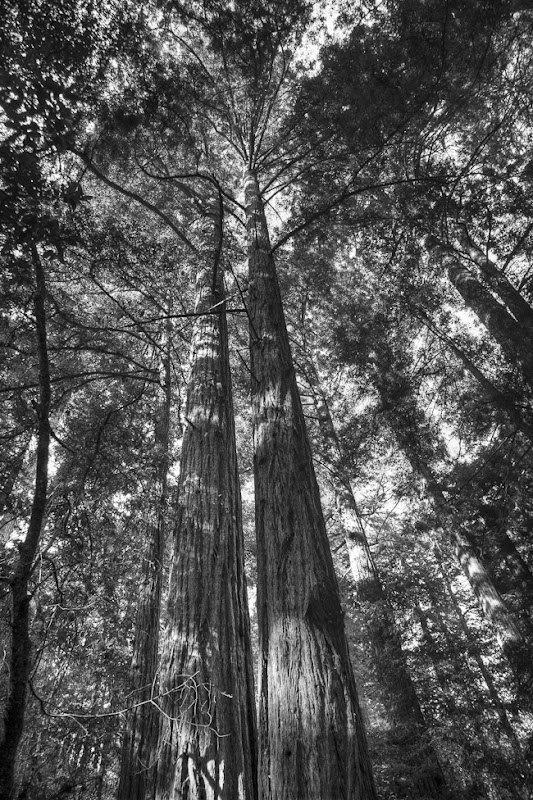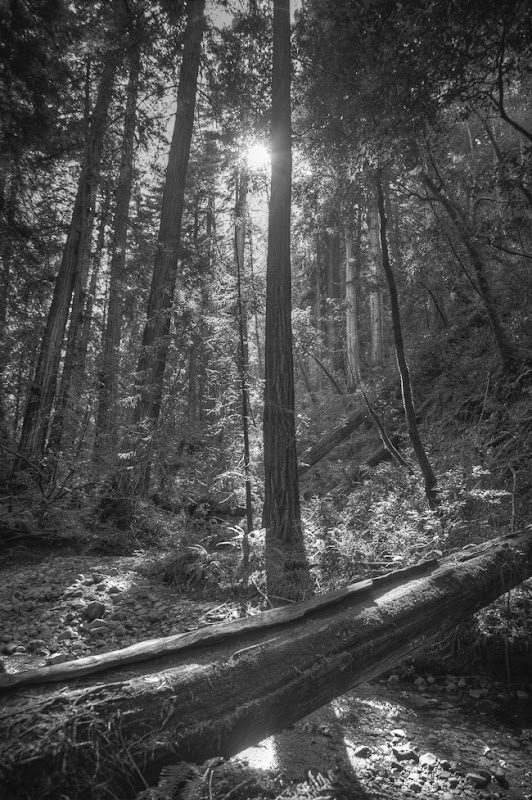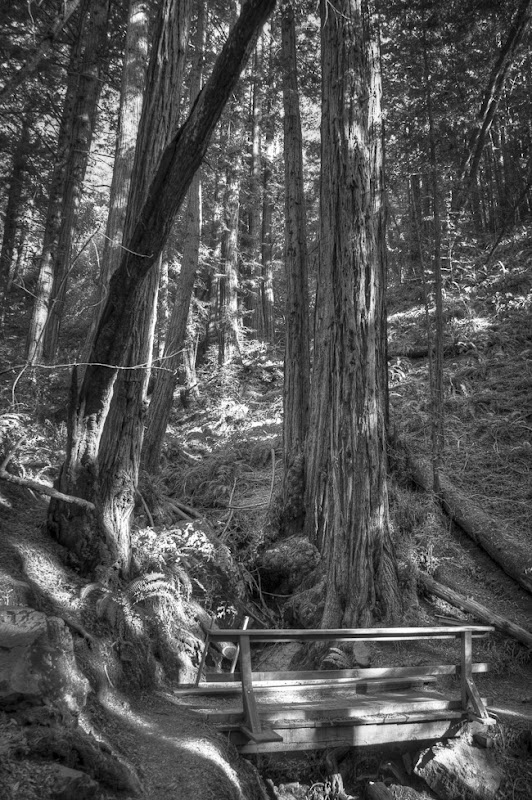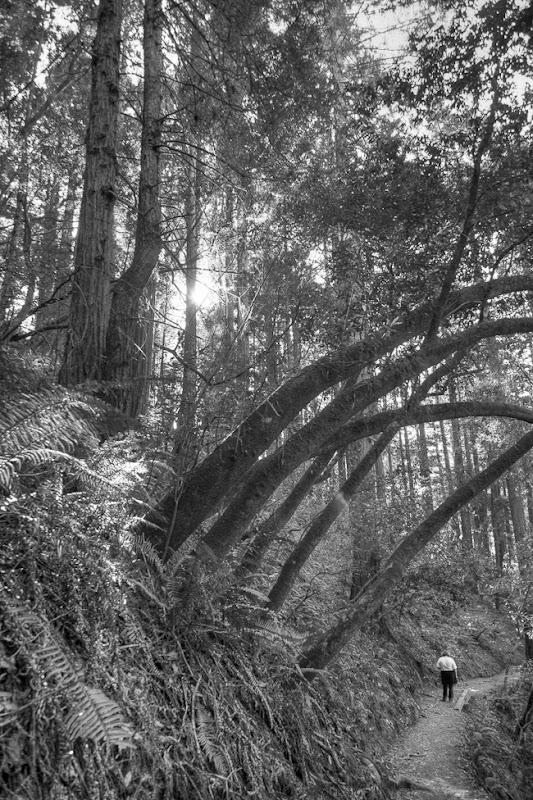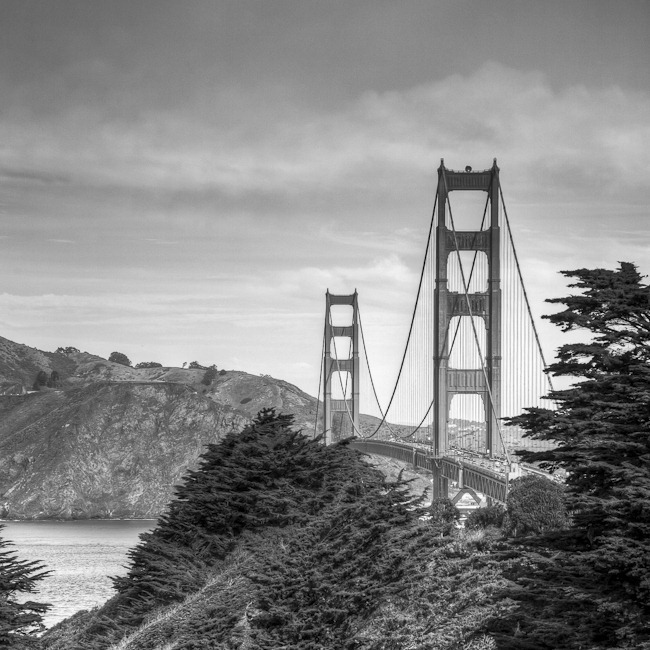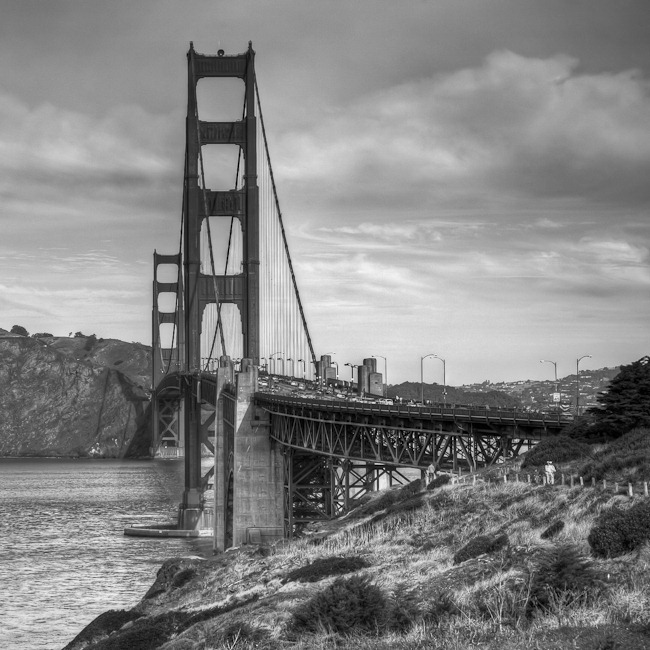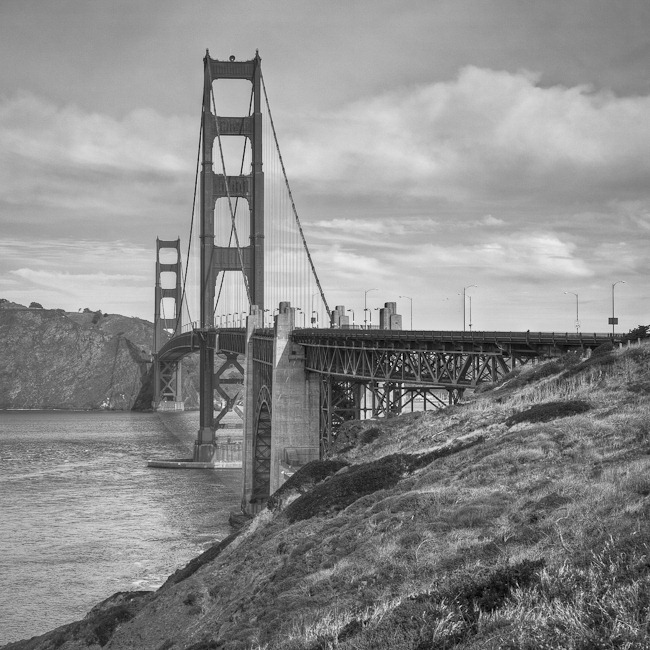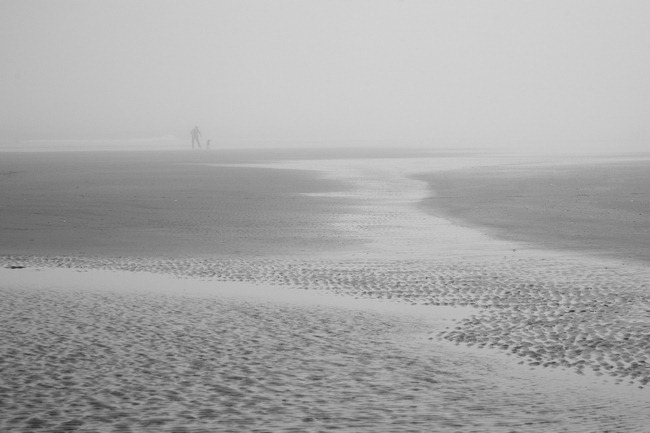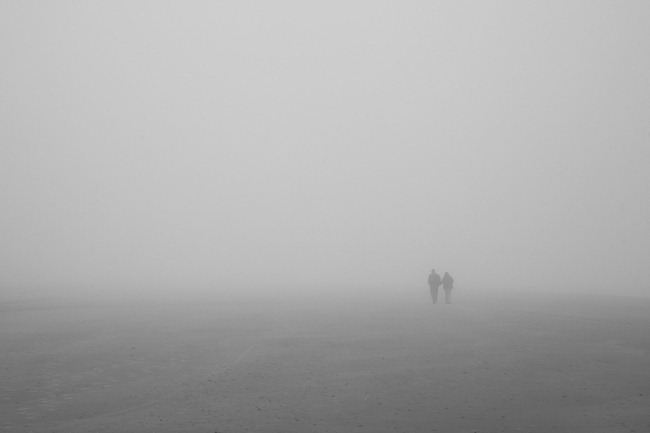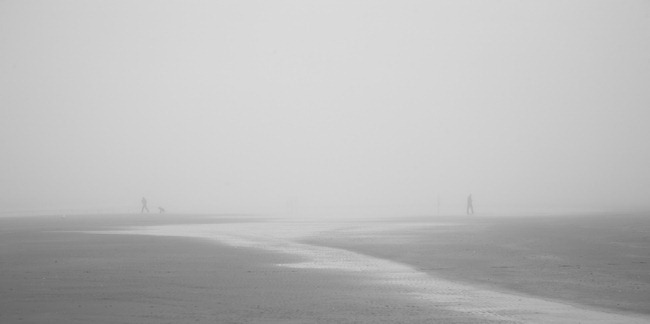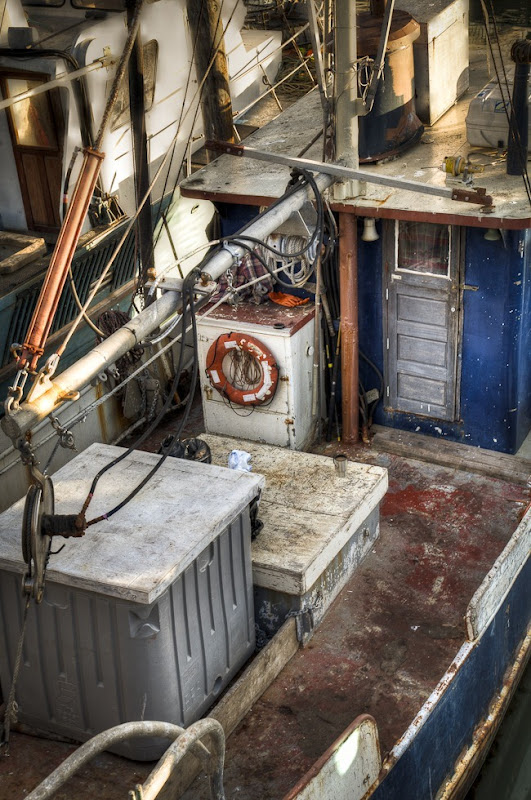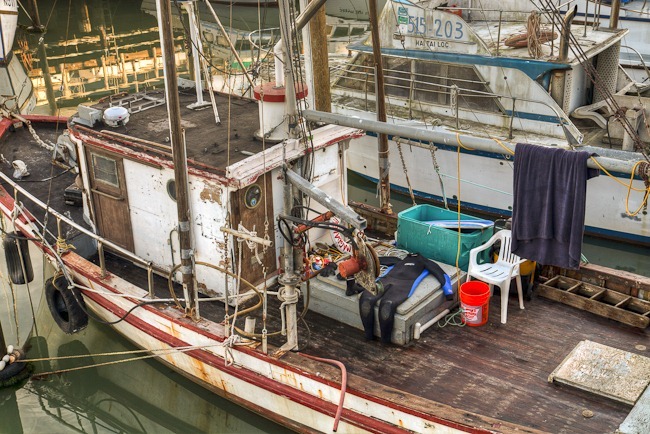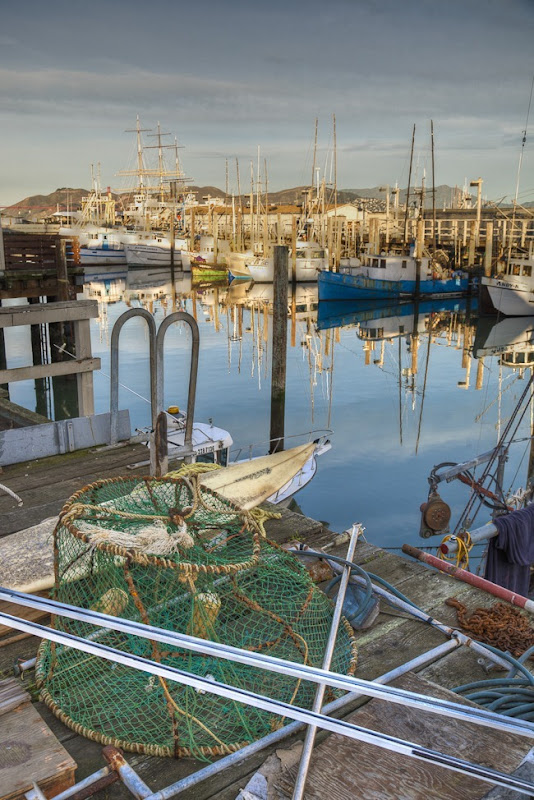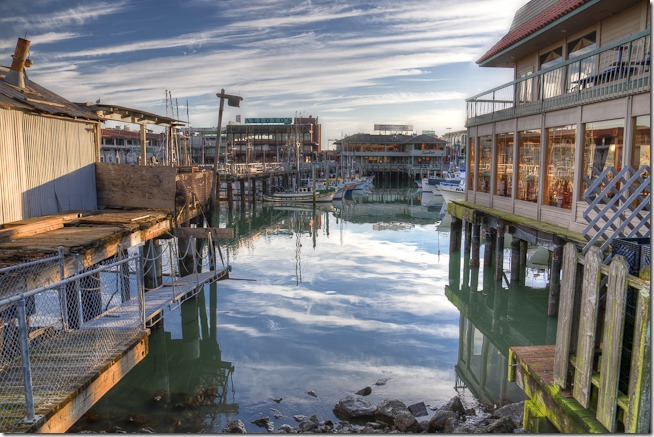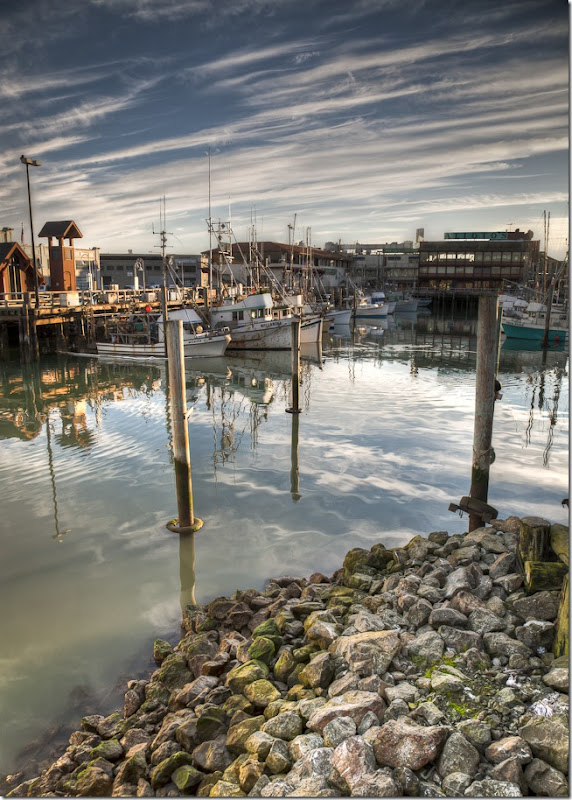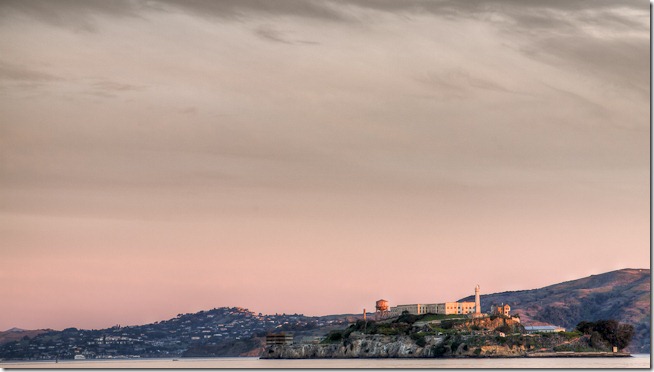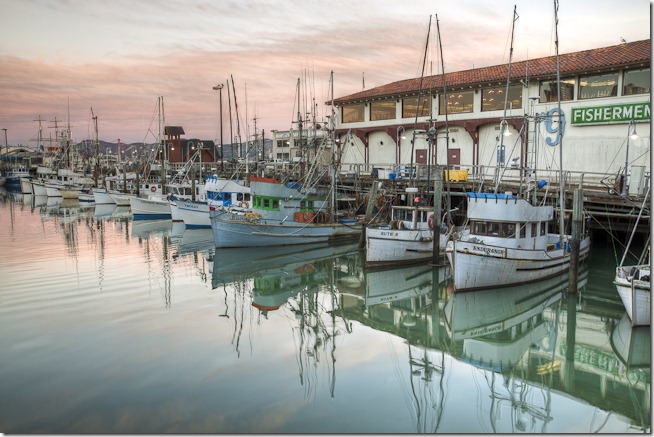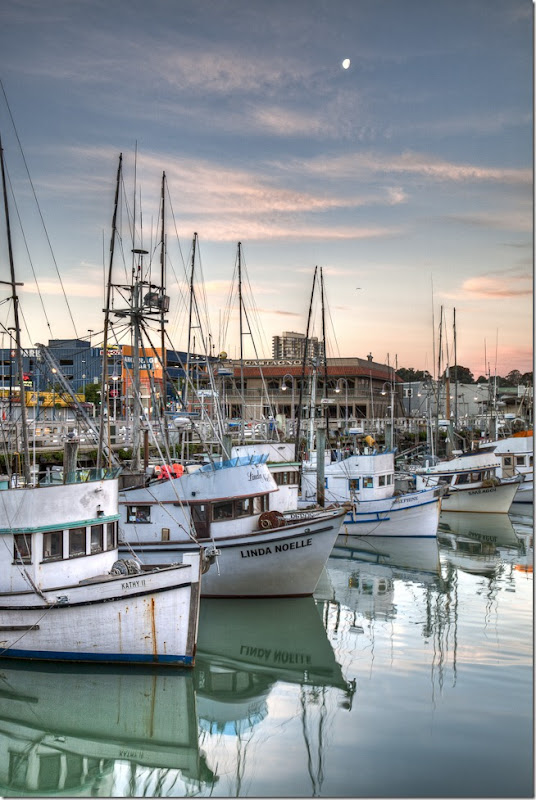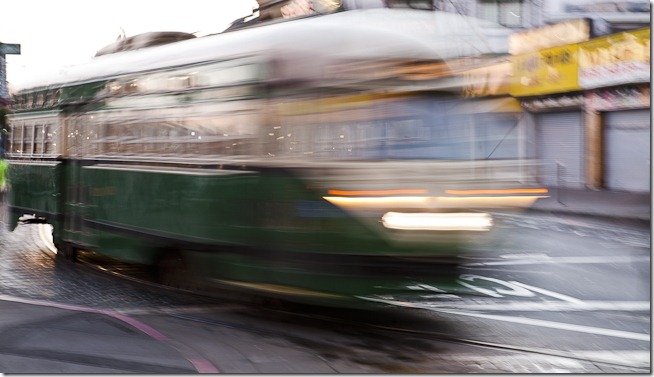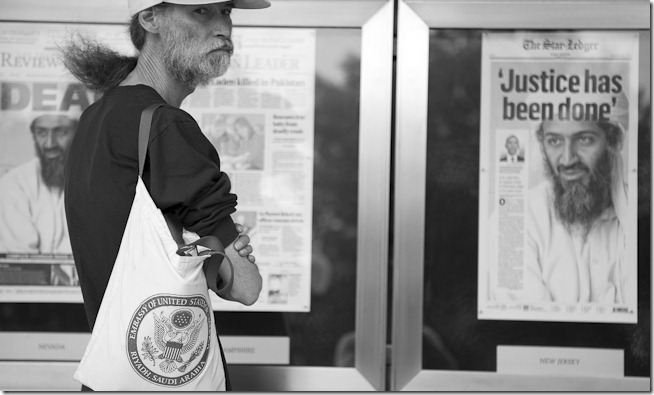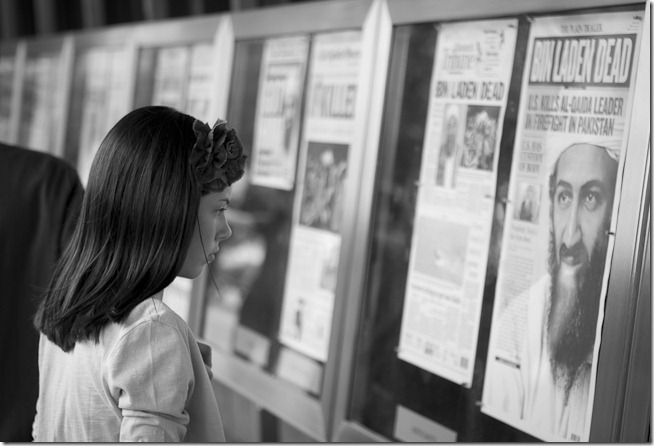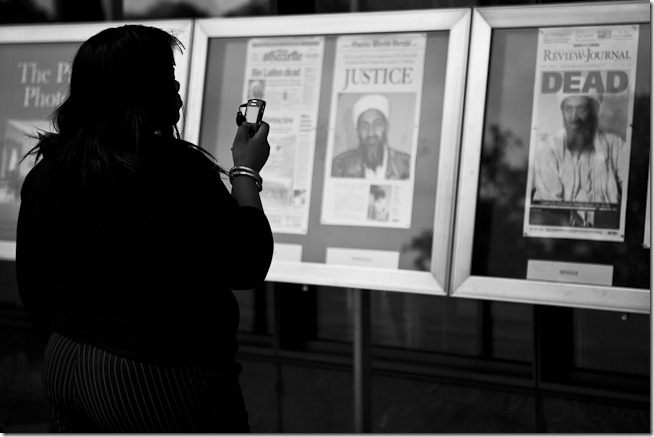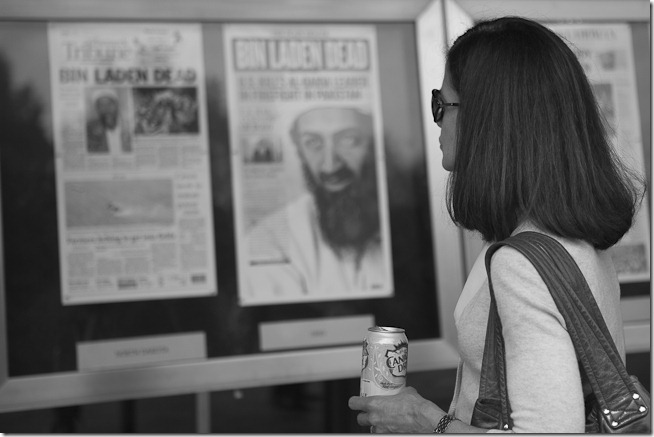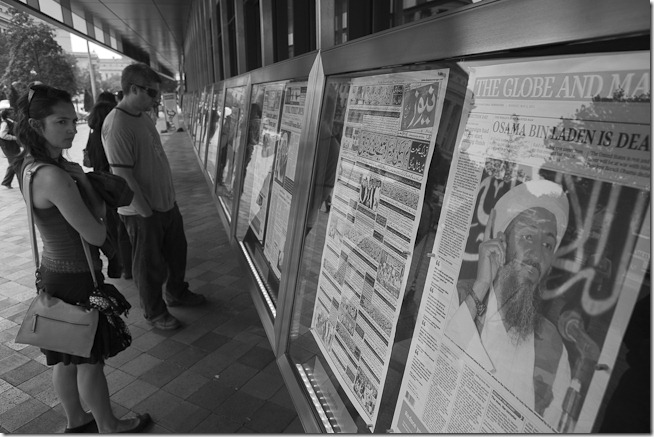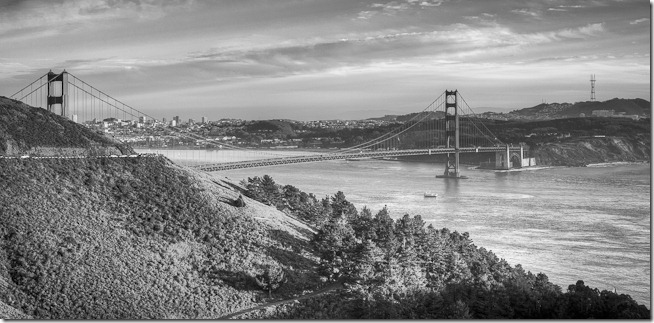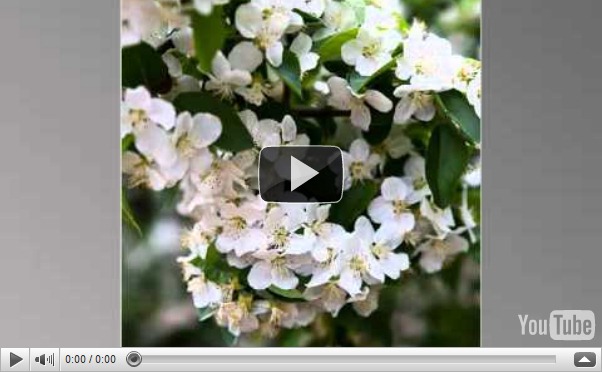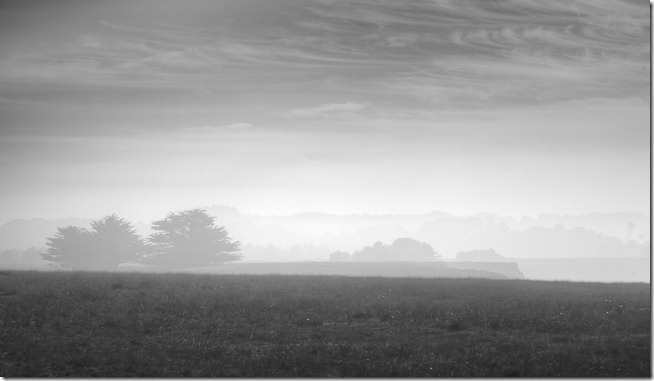The first photograph in this post is the title photograph from my other blog – Craig’s Grape Adventure. If you have not visited yet, I encourage you to do so. On Craig’s Grape Adventure I share my experiences with food, wine, and pairing along with some phenomenal recipes and plenty of food photography. There are thousands of food blogs, wine blogs, and pairing blogs meandering about the internet galaxy. Craig’s Grape Adventure is distinct among this large group because each pairing comes with a story, the “why” of the pairing, extensive photography, and I discuss the failures as well as the successes.
Several people have asked that I talk about how I made this shot, so here we go. The setup was pretty simple. First I set up a light stand with a crossbar and clam to hold the glass upside down as shown in the next photograph. I used a large white reflector as the background which also served to bounce light back through the glass and pouring wine. I used an Elinchrom 250 light (modeling light and strobe) at the 8 o’clock position with a bounce off the rear reflector and a second reflector at the 4 o’clock position. The light was triggered wirelessly using the Elinchrom wireless system.
I used a Canon 24-70 f/2.8L mounted on my Canon 5D which was all mounted on a tripod and triggered using a cable release. The cable release is an important part of this setup because this was a one man operation. In other words I had to make the pour and take the shot at the same time…left hand operating the camera, right hand pouring. The next shot shows that my coordination was further challenged by having to accurately aim and land the pour into a pot (rather than deal with a big mess). For all you wine lovers, don’t worry, no wine was sacrificed in the making of this photograph. I used water.
The final challenge to this shot was capturing an “interesting” stream of water. Every time I poured, the stream looked a bit different. The result is that I took a bunch of shots then settled on the exposure I liked the best.
Finally, in post processing I rotated the image 90 degrees, cropped to capture the relevant parts, and hiked up the highlights to washout the background. Voila! Overall this was a fun and creative exercise. Now my mind wanders to “what else can I do with spilling wine?”
Have fun, and go make some great photography.
Craig
